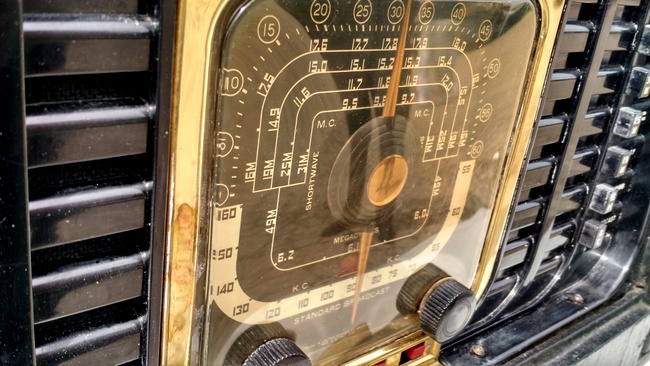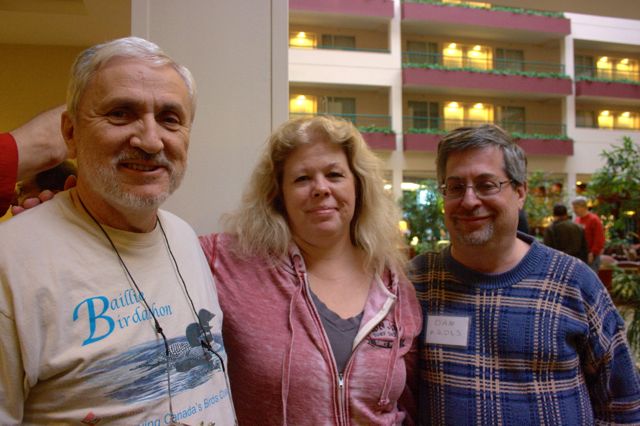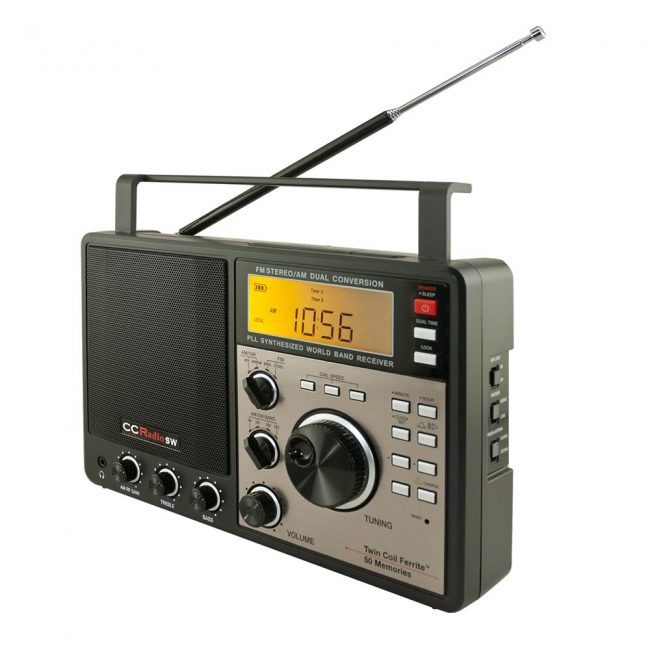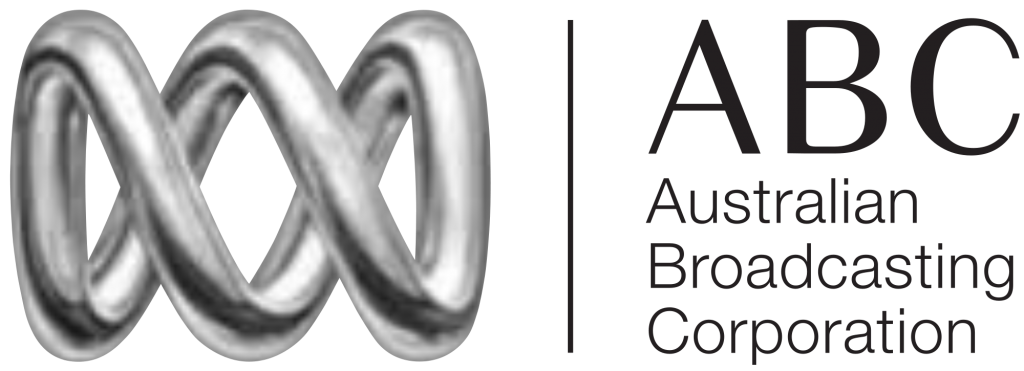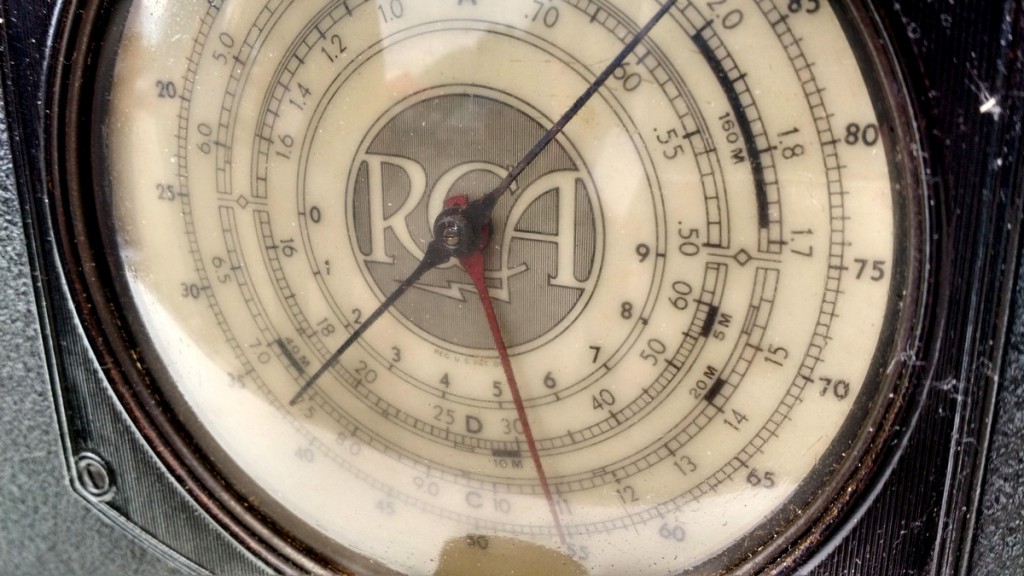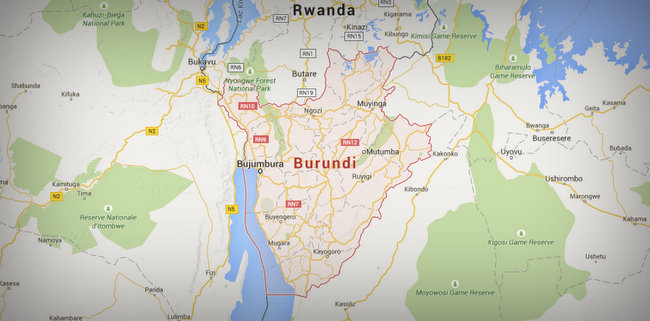(Source: The Tablet via Richard Cuff)
With a powerful shortwave radio and a battery of TV screens, he broke national news long before the internet, scooping everything from the Entebbe raid to the first Gulf War
Had he been born two or three decades later, Miki Gurdus would probably have been just another middle-aged man glued to his smartphone, scrolling through endless torrents of social-media ephemera. But Gurdus, who passed away in Israel this week at the age of 73, was born with a radio. And early on, he knew the device would change his life.
[…]And listen Gurdus did. Commanding six languages—Hebrew, English, Arabic, French, Russian, and Polish—as well as numerous shortwave radios and as many as 11 television sets, he tuned in not only to broadcasts from far and wide but, often, to private conversations, military wire exchanges, and other dispatches not meant for public consumption. In late June of 1976, for example, he interrupted a radio broadcast to announce that he had just picked up a conversation between Palestinian terrorists and an air traffic controller in Libya announcing that they had just hijacked an Air France flight and intended to land it in Benghazi en route to Entebbe, Uganda. It wouldn’t be his last scoop: In 1990, when Saddam Hussein invaded Kuwait, Israeli military intelligence got the news from Gurdus, who had intercepted the transmissions of the Iraqi army.
[…]With each passing decade, Gurdus’ fame grew. A reporter interviewing him in 2003 described his office as “half Aladdin’s cave and half control tower, a labyrinth of television screens, radios, remote controls, electric wires, speakers, model airplanes and photos of Saddam Hussein and George W. Bush stuck on the walls.” And in the center of it all was Gurdus, tartan slippers on his feet and dark shades covering his eye, to protect his vision from the glare of a dozen screens. Even as Israel’s media landscape flourished and more and more commercial radio and television channels debuted, giving rise to new generations of reporters, anchors, and celebrities, Gurdus remained a national treasure, a name you knew even if you weren’t sure exactly what “our listener” did.
And then came the internet.
Gurdus, in his typical tough manner, minimized it, calling it just another arrow in his quiver. “The internet is just another tool for me,” he said in a recent interview, “and not a major one at that because you can’t compete with what’s broadcast on all these satellites. Besides, neither the internet nor anything else can make me stop working, or make me irrelevant. I’ll continue to report the news, to listen, and to try and deliver scoops. I’ll be there for as long as I’m breathing.”[…]
Earlier this week, Gurdus passed away in his home in Yehud. Prime Minister Netanyahu and President Rivlin both eulogized him, the latter calling him “our mythological listener, the man who brought into our nation faraway voices even before the internet.”[…]


